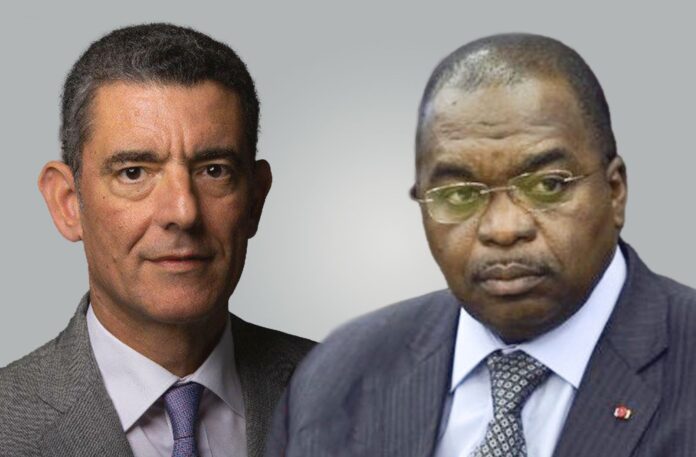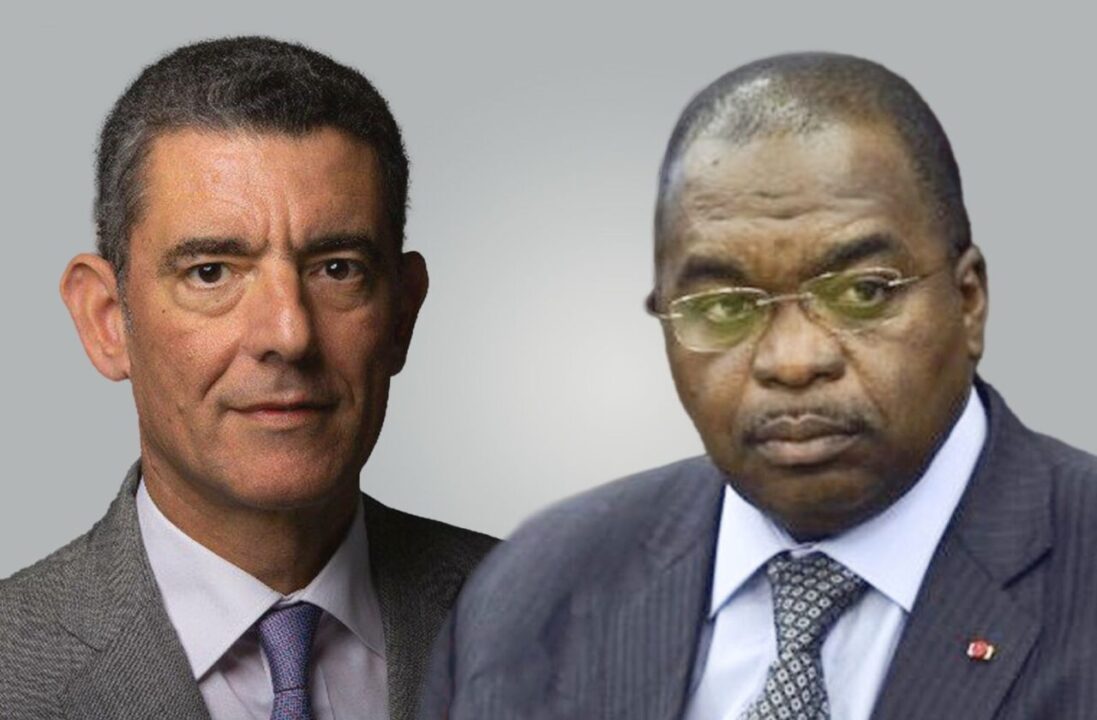
In January, the State, through the Minister of Finance, announced that it had settled its debt owed to Eneo. In accordance with the consensual statement made by the member of the government, the Cameroonian energy company and the Electricity Sector Regulatory Agency (Arsel), 109.9 billion FCFA were paid between 1is January and December 20, 2023. Or 28 billion FCFA for public electricity consumption; 31.9 billion FCFA representing tariff compensation (consumer subsidy supported by the State); 14 billion FCFA for VAT reimbursements and 5 billion FCFA for reimbursable works. To this, Yaoundé says it has added a second envelope of 30 billion FCFA in December 2023, representing the partial debt of certain public companies including Alucam (17 billion), CDC (4.8 billion), CICAM (2.2 billion), Camwater (5.6 billion). This payment added to other payments made between 2021 and 2023, brings to 329 billion CFA francs, the total sums paid to Eneo by the State, which claimed at that time to have paid all of its debt owed to the concessionaire of the production, distribution and sale of electrical energy in Cameroon. Stating also that meticulous checks made it possible to detect a surplus of 16 billion FCFA.
Reserves
On the Eneo side, the government information is corroborated by a source within the company contacted by Defis Actuels, who however expresses some reservations regarding a possible excess payment. According to the latter, the report relating to the aforementioned payments signed on December 20, 2023, concerns a financial statement as of August 31, 2023. “We stopped at August 31, 2023, saying this is what the State owes and we considered the additional payments that the State made until December 20, 2023. Do you seriously think that the State does not is not sufficiently attentive to its public funds and gives more money to Eneo than it deserves? I don’t think so» she indicated. However, “what the Ministry of Finance says is true. Because on December 20, the validated debt that Eneo claimed on August 31 was paid. Between August 31, 2023 and December 20, the State continued to make advances to Eneo which represented 14 or 16 billion“, she added.
Public lighting and tariff compensation
Explained thus, the debt situation between the State of Cameroon and Eneo seems to have returned to the path of appeasement. Nay! According to the exclusive distributor of electricity in Cameroon, there remain arrears amounting to 266 billion, which must first be validated by Arsel before starting a clearance process. “When we say validated debt, that means that there is a debt that is not validated. What is the amount of this unvalidated debt? 266 billion», Reveals our source. According to the latter, discussions are failing on tariff compensation and public lighting. For the first point, as explained by our interlocutor “We have a debt which is linked to tariff compensation. That is to say that Eneo invests in infrastructure and others, the regulator recognizes these investments, then remunerates Eneo for these investments. As long as the regulator has not recognized Eneo’s investments, it will not pay them. But it is not because the regulator has not recognized Eneo’s investments that they do not exist. It is not because the regulator has not recognized Eneo’s investments that Eneo is not justified in claiming payment for them.» she specifies.
With regard to public lighting, whose unpaid bill amounts to nearly 60 billion CFA francs, according to figures revealed by Eneo, the point of contention lies on the counting means used to measure the electricity which was used to power the light points which illuminate the roads. “The problem we have today is that this consumption is estimated. Since we don’t have metering points, since we are not on an orthodox public lighting network. Obviously when we make estimates, it gives rise to discussions. Are the characteristics and parameters that were used to make these estimates shared by everyone? The regulator considered that the assumptions used by Eneo were not in agreement with the parameters that it took into consideration. What he did was he said that until you agree, we won’t pay you.», recalls the company.
In order to make its claims a little more credible, Eneo hired a consultant who carried out an inventory. The latter, according to the company, traveled the streets of Douala and Yaoundé, listing the lamps lit all night, their characteristics according to which he evaluated their level of consumption. The said inventory which was signed by the super mayors of these two cities is awaiting validation by Arsel.


